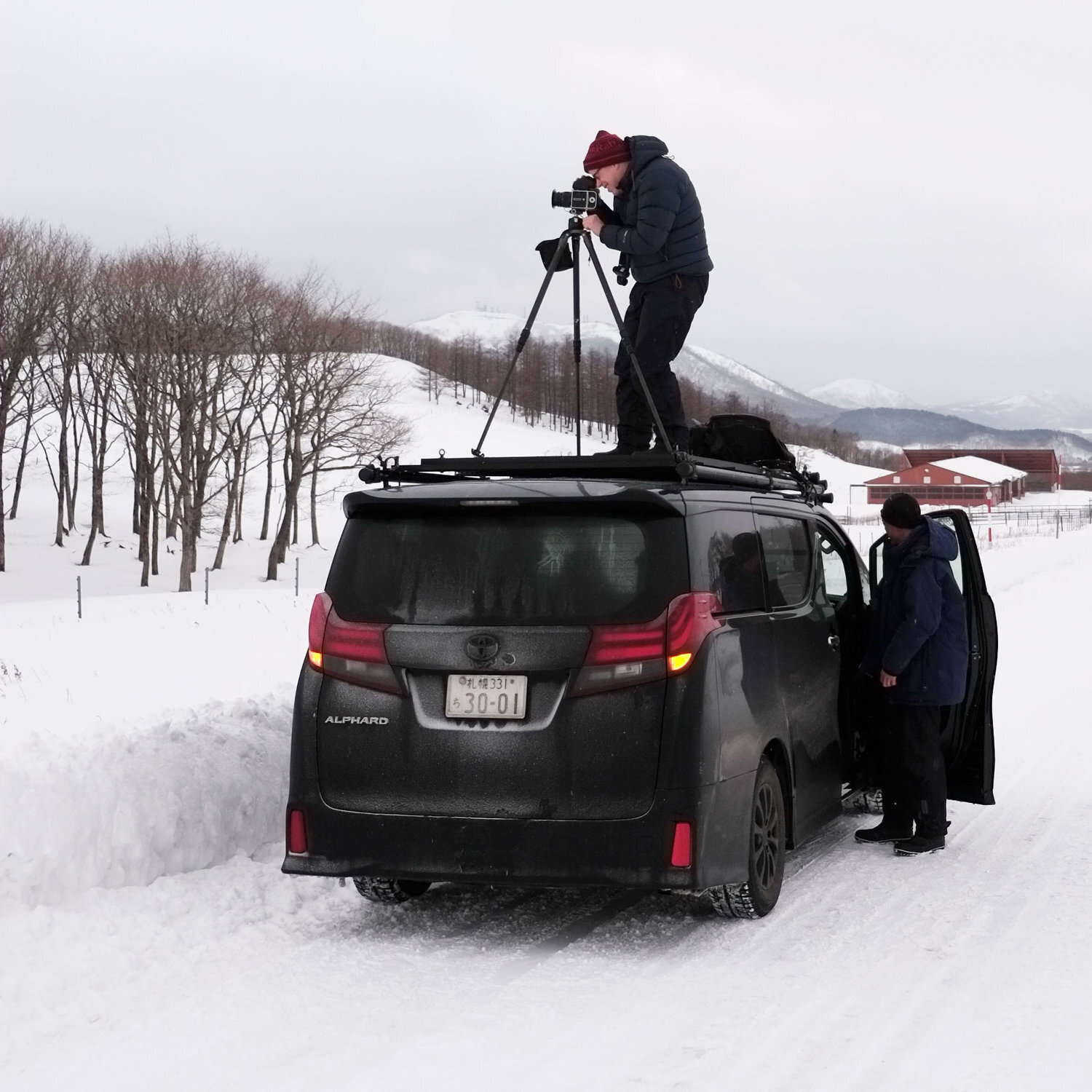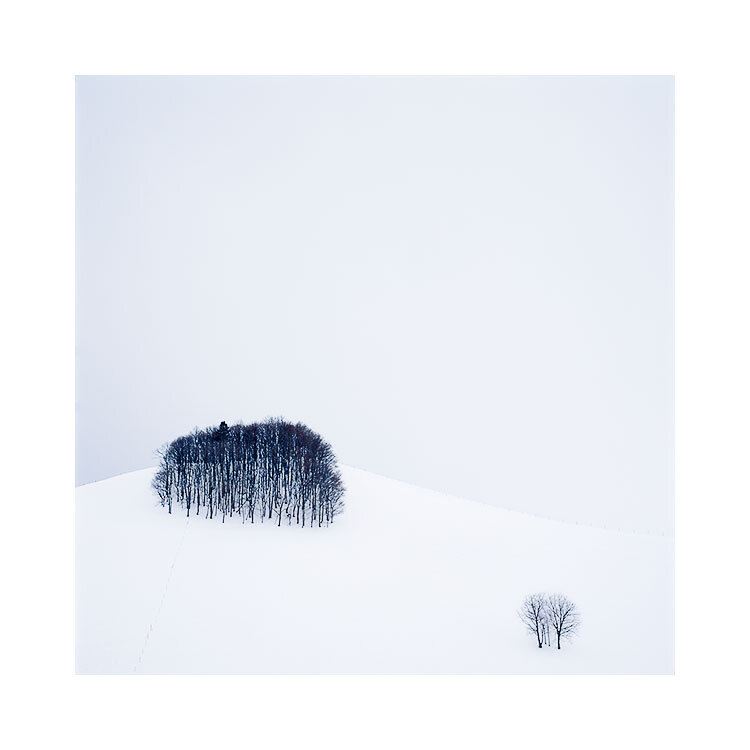My original motivation for picking up a camera was to record my travels. Then, as time passed, my priorities changed and the pursuit of images became the reason why I travelled. From that point onwards, I think I was on a trajectory towards creating (hopefully) some kind of art with what I do, and I suspect it is the same for you. I would hope as a reader of this blog, you have similar aspirations with your work.
Suspended Lagoons, Lençóis Maranhenses, April 2024
Creating beautiful or ‘art’ pictures isn’t really how I would define what motivates me. I think what I’m really attracted to, is creating a sense of suspended reality in my images. I am not a verbatim shooter, and although I respect and understand that for some, photography is only truthful when the work is not edited (manipulated is such a loaded word), but I have always thought that photography cannot convey reality because how can one translate a 3D moment in time to a 2D interpretation and give a true account of it? It’s just not possible as even the choice of angle of view when made, can greatly influence what the viewer believes.
So for me, I’ve always considered that photography is an interpretation. It is a point of view, and we should all embrace the idea that with our camera, we have the potential to show others ‘our personal interpretation’, or convey through omission and inclusion what we want the viewer to focus on.
I particularly love images where upon initial viewing, one can appreciate their beauty but also, not fully comprehend what is going on. This is why I think I am attracted to abstract shapes and patterns in vistas. Nature does not tend to be orderly, or to show design as if man made, and if I find it in the landscape by careful composition, then I will use it.
If one can frame abstract shapes carefully, or perhaps exclude points of reference that will allow the viewer to understand what is going on (like a horizon, or a clear sense of scale), then the viewer cannot help but hunt for an understanding. The eye will keep searching.
In this shot made in Lençóis Maranhenses this past April, I deliberately shot two lagoons intersecting with the slope of a dune. I was attracted to this composition more so because the intersecting dune slope bled into the surrounding landscape. One does not see the slope, instead one sees two ellipses with a diagonal line intersecting them.
I don’t for one minute assume the picture is a deep puzzle. I am merely trying to convey / explain why I make the images I make. I think it does not take too long to figure out the scene, but by removing a bit of detail here and there (the dune slope in this case), or by having nothing around the edges of the frame to give context, then the lagoons appear to be almost suspended in air, and the viewer’s eye has to ‘look again’ to find a foundation of understanding on which to build a complete picture.




















